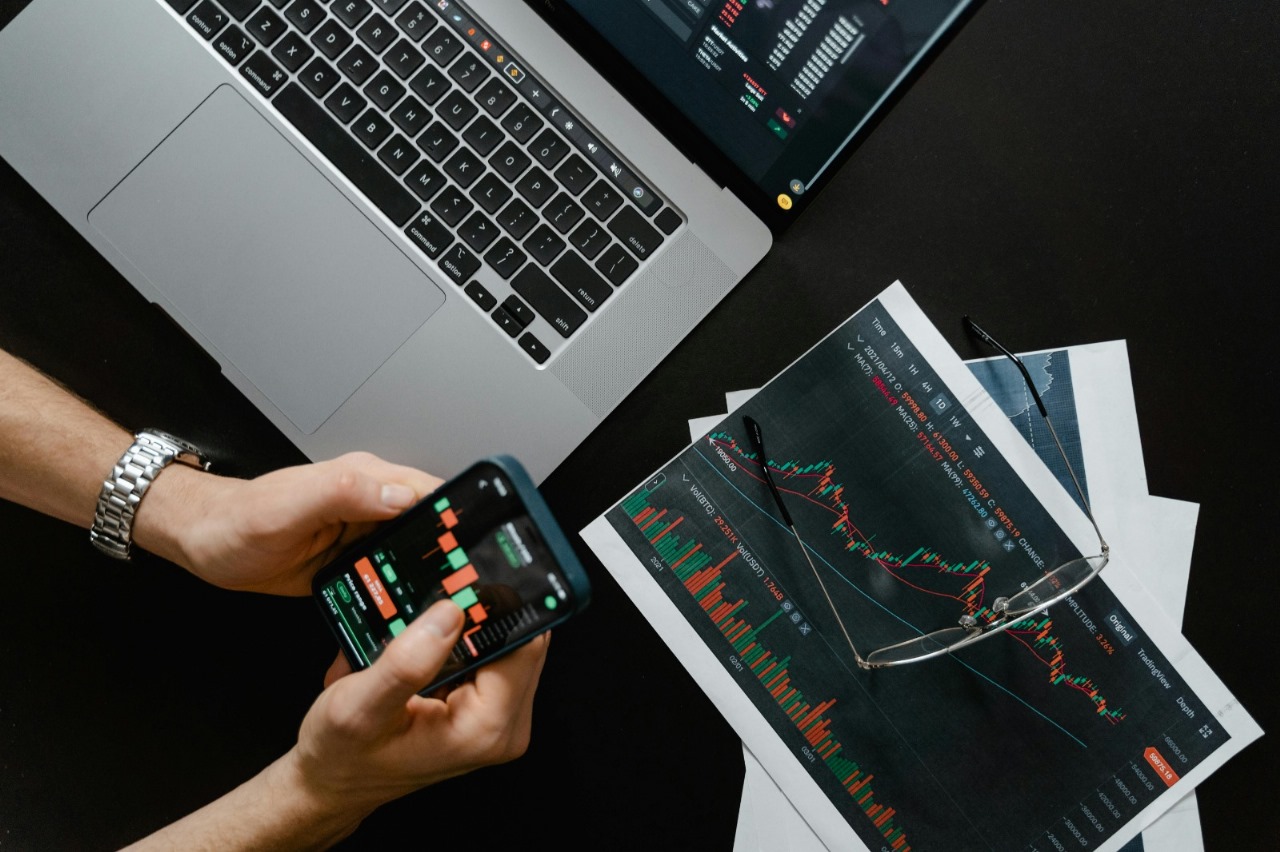In 2025, traders have more tools than ever to navigate the fast-moving forex market. Two of the most talked-about options are Forex Signals and automated trading systems. Both aim to simplify decision-making and improve results, but they take very different approaches. The big question is: which one is better for modern traders?
Understanding the Two Approaches
Forex Signals
Forex Signals are trade recommendations that tell traders when to buy or sell specific currency pairs. They usually include entry points, stop-loss levels, and take-profit targets. Signals can come from expert analysts, advanced algorithms, or AI-driven platforms.
Automated Trading
Automated trading systems (also called trading bots or expert advisors) execute trades automatically based on pre-programmed strategies. Once activated, they run 24/7, scanning markets and placing trades without human intervention.
Advantages of Forex Signals
Many traders still prefer Forex Signals because they allow human judgment and flexibility.
- Learning Opportunity: Traders see why a signal was generated and learn from the setup.
- Flexibility: You can choose whether to act on a signal.
- Risk Control: Traders stay in charge of execution and adjustments.
- Educational Value: Beginners gain insights into strategy development.
Signals are especially useful for those who want guidance but still enjoy being actively involved.
Advantages of Automated Trading
Automated systems, on the other hand, bring unmatched speed and consistency.
- 24/7 Trading: Bots never miss opportunities, even while you sleep.
- No Emotions: They follow strict rules without hesitation or fear.
- Efficiency: Can analyze and trade multiple currency pairs at once.
- Backtesting: Systems can be tested on historical data before going live.
This makes automated trading appealing to those who want a hands-off approach.
Downsides of Forex Signals
While Forex Signals are valuable, they aren’t perfect.
- Traders must act quickly; delays can hurt results.
- Quality varies—choosing a bad provider can mean losses.
- Emotional biases can still interfere with execution.
Downsides of Automated Trading
Bots are powerful, but they have limitations.
- They may struggle in unusual market conditions.
- Poorly designed systems can drain accounts quickly.
- Traders lose the flexibility to adapt on the fly.
In 2025, even AI-driven bots can’t fully replace human intuition during unexpected events.
Which Is Better in 2025?
The answer depends on the trader’s goals and style.
- Forex Signals work best for traders who want to stay engaged, learn, and maintain control over decisions.
- Automated Trading suits those who prefer a passive, systematic approach and value speed over flexibility.
Some of the most successful traders in 2025 actually combine both—using Forex Signals for strategic guidance and automated systems for execution.
Conclusion
The debate between Forex Signals and automated trading isn’t about which one is absolutely better—it’s about which one is better for you. Signals provide flexibility and education, while bots deliver speed and consistency. Together, they can form a powerful hybrid approach that leverages the strengths of both.
At FX News Group, we believe the smartest traders in 2025 will blend human insight with technological efficiency. Whether you choose Forex Signals, automated trading, or a mix of both, the key is discipline, risk management, and adapting your tools to fit your personal trading goals.











Leave a Reply